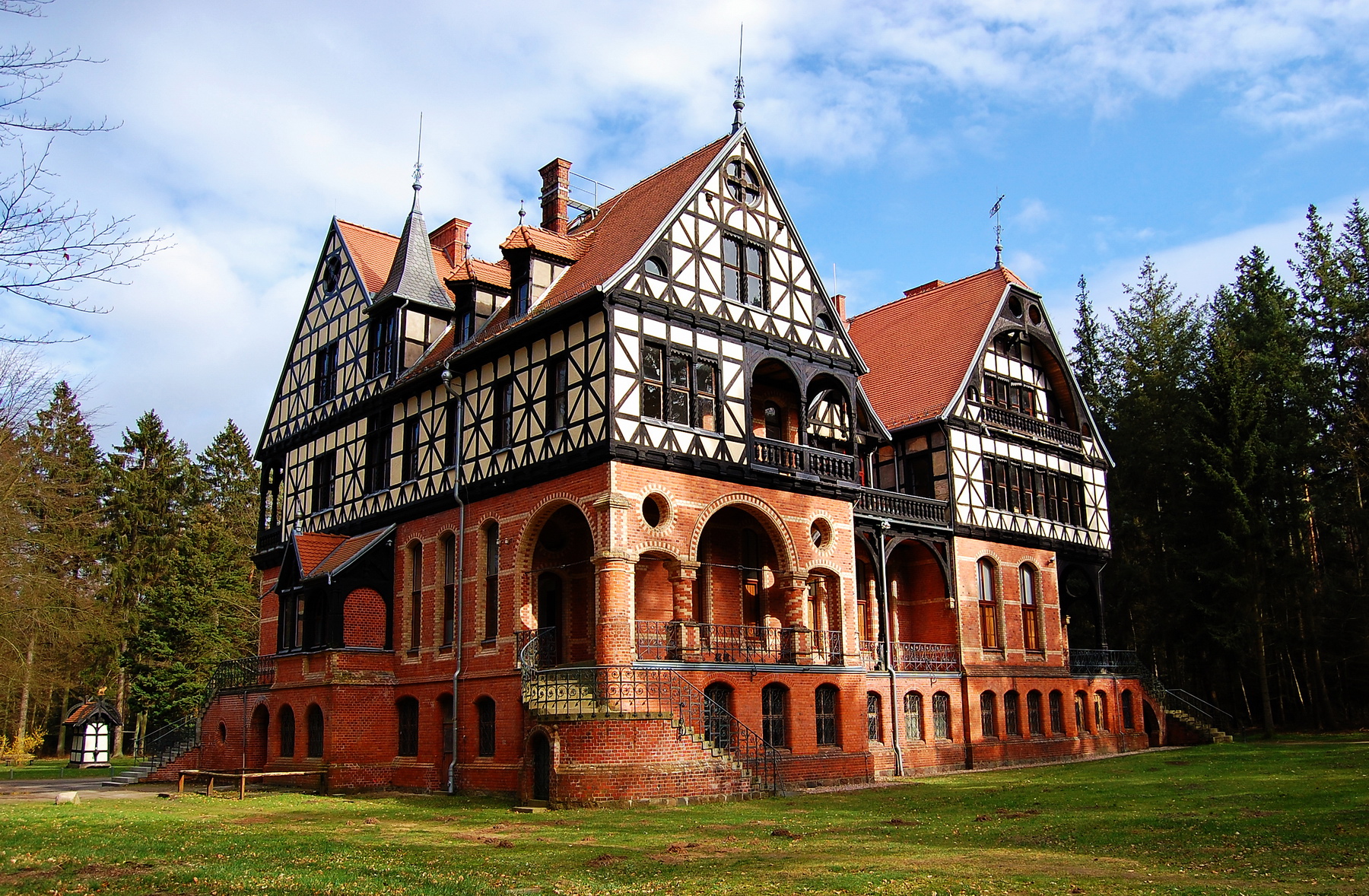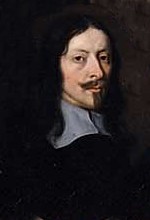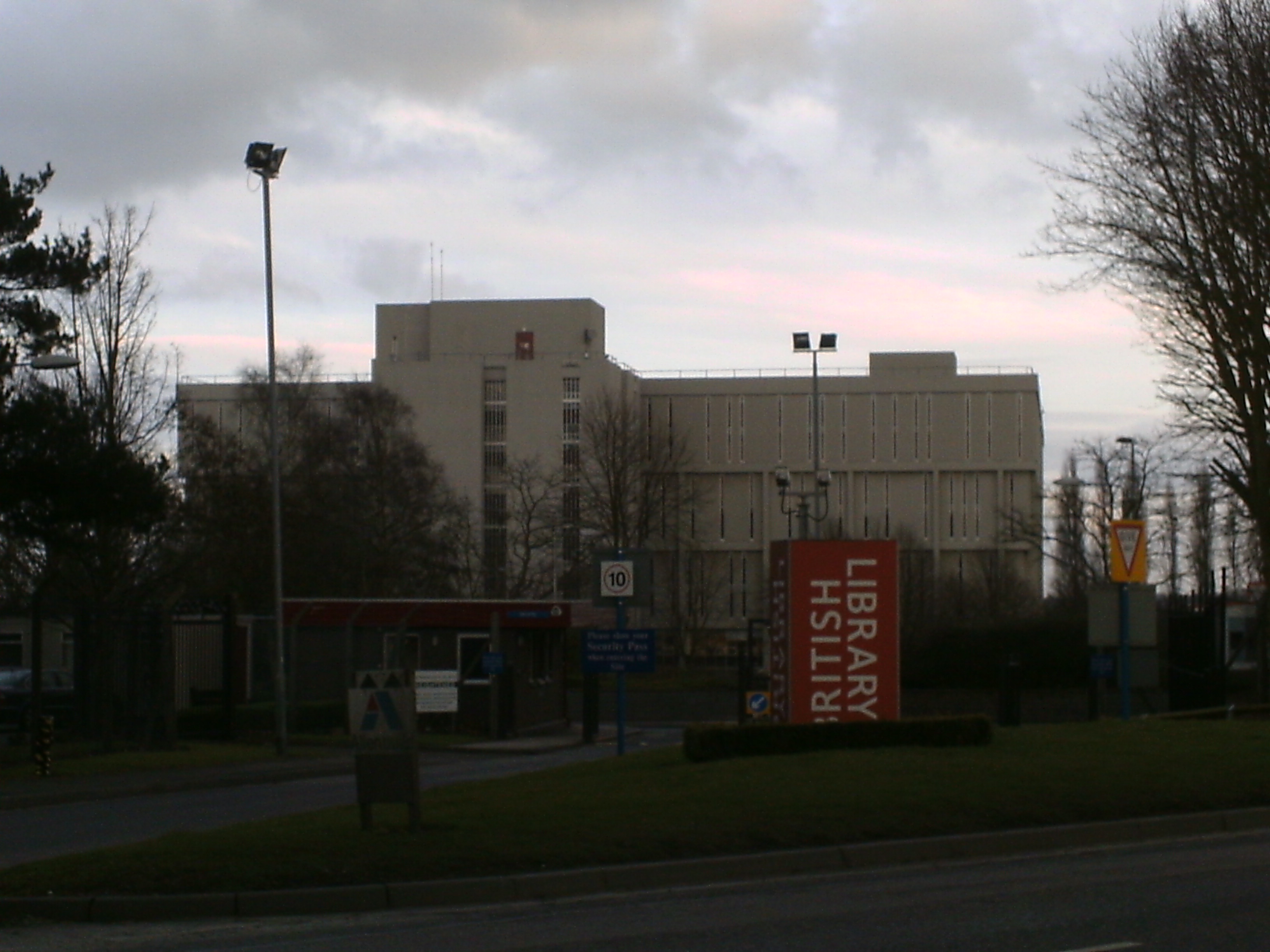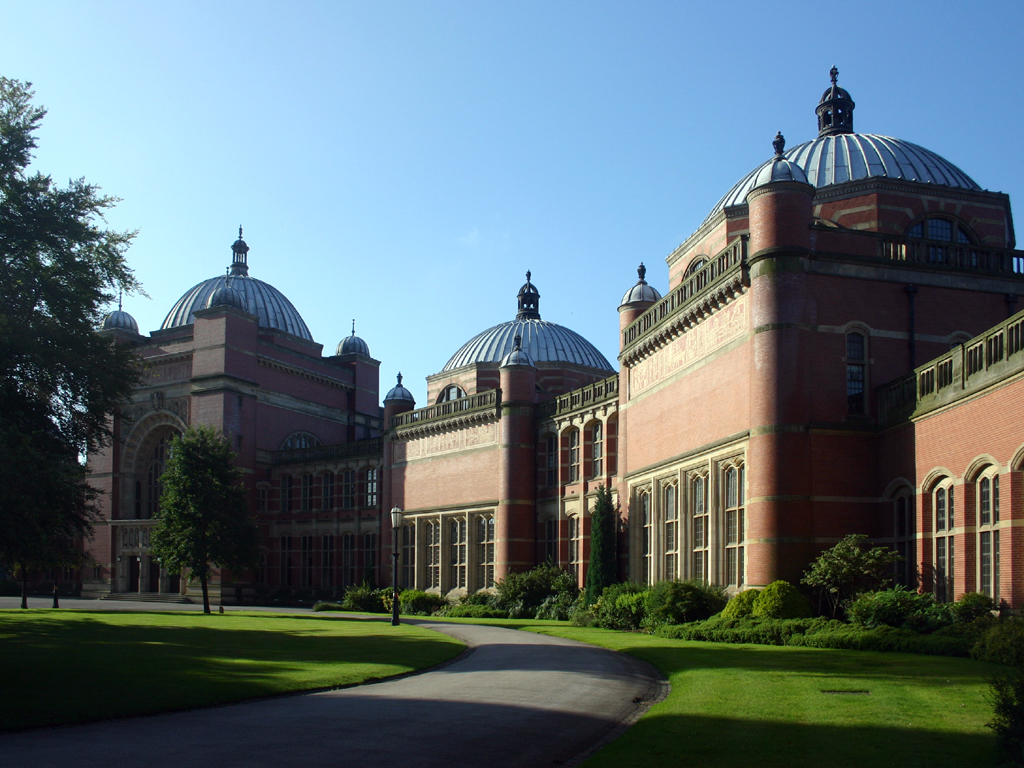|
Stoke Hall, Derbyshire
Stoke Hall is a Grade II* listed 30-room Georgian Palladian mansion near the village of Grindleford, Derbyshire, England, whose restoration featured on the BBC series '' Restoration Home'' and the follow-up ''Restoration Home - One Year On''. History Listed in the Domesday Book, the first known occupant of Stoke was Gerbert de Stoke, in 1204. Stoke was held by the Greys of Codnor and sold in the 1460s to the Barlows of Barlow Hall. In the 17th-century the estate was owned by William Cavendish, 1st Duke of Newcastle. Early in the next century, it passed to the Rev John Simpson, who commissioned the current building following his acquisition of the estate upon his marriage to the granddaughter of Admiral Benbow. The house was designed by James Paine and built by William Booth. Both men also worked at nearby Chatsworth House. It was later described by Nicholas Pevsner as ‘quite stately'. In about 1850 Simpson's descendant Henry Bridgeman, 5th Earl of Bradford sold the es ... [...More Info...] [...Related Items...] OR: [Wikipedia] [Google] [Baidu] |
Mansion
A mansion is a large dwelling house. The word itself derives through Old French from the Latin word ''mansio'' "dwelling", an abstract noun derived from the verb ''manere'' "to dwell". The English word '' manse'' originally defined a property large enough for the parish priest to maintain himself, but a mansion is no longer self-sustaining in this way (compare a Roman or medieval villa). ''Manor'' comes from the same root—territorial holdings granted to a lord who would "remain" there. Following the fall of Rome, the practice of building unfortified villas ceased. Today, the oldest inhabited mansions around the world usually began their existence as fortified houses in the Middle Ages. As social conditions slowly changed and stabilised fortifications were able to be reduced, and over the centuries gave way to comfort. It became fashionable and possible for homes to be beautiful rather than grim and forbidding allowing for the development of the modern mansion. In British Engl ... [...More Info...] [...Related Items...] OR: [Wikipedia] [Google] [Baidu] |
William Cavendish, 1st Duke Of Newcastle
William Cavendish, 1st Duke of Newcastle upon Tyne, KG, KB, PC (25 December 1676) was an English courtier and supporter of the arts. He was a renowned horse breeder, as well as being patron of the playwright Ben Jonson, and the intellectual group known as the Welbeck Circle. Despite spending the then enormous sum of £15,000 entertaining Charles I in 1634, he failed to gain a significant political post. In the early stages of the First English Civil War, he was appointed Royalist Captain-General in Northern England; he financed much of the war effort himself, later claiming this totalled in excess of £1,000,000. After the defeat at Marston Moor in July 1644, a battle fought against his advice, he went into exile in Europe. He returned to England after the Stuart Restoration in 1660, and although created Duke of Newcastle in 1665, he remained on the fringes of the court, and became critical of Charles II. He died in 1676, and was buried in Westminster Abbey. Personal det ... [...More Info...] [...Related Items...] OR: [Wikipedia] [Google] [Baidu] |
Grade II* Listed Buildings In Derbyshire Dales
There are over 20,000 Grade II* listed buildings in England. This page is a list of these buildings in the district of Derbyshire Dales in Derbyshire. List of buildings See also * Grade I listed buildings in Derbyshire * Grade II* listed buildings in Derbyshire ** Grade II* listed buildings in Amber Valley ** Grade II* listed buildings in Bolsover (district) ** Grade II* listed buildings in Chesterfield ** Grade II* listed buildings in Derby ** Grade II* listed buildings in Erewash ** Grade II* listed buildings in High Peak ** Grade II* listed buildings in North East Derbyshire ** Grade II* listed buildings in South Derbyshire There are over 20,000 Grade II* listed buildings in England. This page is a list of these buildings in the district of South Derbyshire in Derbyshire. List of buildings ... [...More Info...] [...Related Items...] OR: [Wikipedia] [Google] [Baidu] |
River Derwent, Derbyshire
The Derwent is a river in Derbyshire, England. It is long and is a tributary of the River Trent, which it joins south of Derby. Throughout its course, the river mostly flows through the Peak District and its foothills. Much of the river's route, with the exception of the city of Derby, is rural. However, the river has also seen many human uses, and between Matlock, Derbyshire, Matlock and Derby was one of the cradles of the Industrial Revolution. It is the site of the Derwent Valley Mills, the first industrial-scale cotton mills. Today it provides a water supply to several surrounding cities, and its steep-sided valley is an important communications corridor through the uplands of the Peak District. The scenery of the Derwent valley attracts many tourists. The upper reaches pass through the Peak District National Park, whilst the middle reaches around the old spa town of Matlock Bath offer souvenir shops and amusement arcades, together with attractions such as the Heights o ... [...More Info...] [...Related Items...] OR: [Wikipedia] [Google] [Baidu] |
Grinling Gibbons
Grinling Gibbons (4 April 1648 – 3 August 1721) was an Anglo-Dutch sculptor and wood carver known for his work in England, including Windsor Castle and Hampton Court Palace, St Paul's Cathedral and other London churches, Petworth House and other country houses, Trinity College, Oxford, and Trinity College, Cambridge. Gibbons was born to English parents in Holland, where he was educated. His father was a merchant. Gibbons was a member of the Drapers' Company of London; he is widely regarded as the finest wood carver working in England, and the only one whose name is widely known among the general public. Most of his work is in lime (''Tilia'') wood, especially decorative Baroque garlands made up of still-life elements at about life size, made to frame mirrors and decorate the walls of churches and palaces, but he also produced furniture and small relief plaques with figurative scenes. He also worked in stone, mostly for churches. By the time he was established he led a large work ... [...More Info...] [...Related Items...] OR: [Wikipedia] [Google] [Baidu] |
British Library
The British Library is the national library of the United Kingdom and is one of the largest libraries in the world. It is estimated to contain between 170 and 200 million items from many countries. As a legal deposit library, the British Library receives copies of all books produced in the United Kingdom and Ireland, including a significant proportion of overseas titles distributed in the UK. The Library is a non-departmental public body sponsored by the Department for Digital, Culture, Media and Sport. The British Library is a major research library, with items in many languages and in many formats, both print and digital: books, manuscripts, journals, newspapers, magazines, sound and music recordings, videos, play-scripts, patents, databases, maps, stamps, prints, drawings. The Library's collections include around 14 million books, along with substantial holdings of manuscripts and items dating as far back as 2000 BC. The library maintains a programme for content a ... [...More Info...] [...Related Items...] OR: [Wikipedia] [Google] [Baidu] |
Henry Bridgeman, 5th Earl Of Bradford
Henry may refer to: People *Henry (given name) * Henry (surname) * Henry Lau, Canadian singer and musician who performs under the mononym Henry Royalty * Portuguese royalty ** King-Cardinal Henry, King of Portugal ** Henry, Count of Portugal, Henry of Burgundy, Count of Portugal (father of Portugal's first king) ** Prince Henry the Navigator, Infante of Portugal ** Infante Henrique, Duke of Coimbra (born 1949), the sixth in line to Portuguese throne * King of Germany **Henry the Fowler (876–936), first king of Germany * King of Scots (in name, at least) ** Henry Stuart, Lord Darnley (1545/6–1567), consort of Mary, queen of Scots ** Henry Benedict Stuart, the 'Cardinal Duke of York', brother of Bonnie Prince Charlie, who was hailed by Jacobites as Henry IX * Four kings of Castile: ** Henry I of Castile ** Henry II of Castile ** Henry III of Castile ** Henry IV of Castile * Five kings of France, spelt ''Henri'' in Modern French since the Renaissance to italianize the na ... [...More Info...] [...Related Items...] OR: [Wikipedia] [Google] [Baidu] |
Nicholas Pevsner
Sir Nikolaus Bernhard Leon Pevsner (30 January 1902 – 18 August 1983) was a German-British art historian and architectural historian best known for his monumental 46-volume series of county-by-county guides, '' The Buildings of England'' (1951–74). Life Nikolaus Pevsner was born in Leipzig, Saxony, the son of Anna and her husband Hugo Pevsner, a Russian-Jewish fur merchant. He attended St. Thomas School, Leipzig, and went on to study at several universities, Munich, Berlin, and Frankfurt am Main, before being awarded a doctorate by Leipzig in 1924 for a thesis on the Baroque architecture of Leipzig. In 1923, he married Carola ("Lola") Kurlbaum, the daughter of distinguished Leipzig lawyer Alfred Kurlbaum. He worked as an assistant keeper at the Dresden Gallery between 1924 and 1928. He converted from Judaism to Lutheranism early in his life. During this period he became interested in establishing the supremacy of German modernist architecture after becoming aw ... [...More Info...] [...Related Items...] OR: [Wikipedia] [Google] [Baidu] |
Chatsworth House
Chatsworth House is a stately home in the Derbyshire Dales, north-east of Bakewell and west of Chesterfield, England. The seat of the Duke of Devonshire, it has belonged to the Cavendish family since 1549. It stands on the east bank of the River Derwent, across from hills between the Derwent and Wye valleys, amid parkland backed by wooded hills that rise to heather moorland. The house holds major collections of paintings, furniture, Old Master drawings, neoclassical sculptures and books. Chosen several times as Britain's favourite country house, it is a Grade I listed property from the 17th century, altered in the 18th and 19th centuries. In 2011–2012 it underwent a £14-million restoration. The owner is the Chatsworth House Trust, an independent charitable foundation, on behalf of the Cavendish family. History 11th–16th centuries The name 'Chatsworth' is a corruption of ''Chetel's-worth'', meaning "the Court of Chetel". In the reign of Edward the Confessor, a man ... [...More Info...] [...Related Items...] OR: [Wikipedia] [Google] [Baidu] |
John Benbow
Vice-Admiral John Benbow (10 March 16534 November 1702) was an English officer in the Royal Navy. He joined the navy aged 25 years, seeing action against Algerian pirates before leaving and joining the merchant navy where he traded until the Glorious Revolution of 1688, whereupon he returned to the Royal Navy and was commissioned. Benbow fought against France during the Nine Years War (1688–97), serving on and later commanding several English vessels and taking part in the battles of Beachy Head, Barfleur and La Hogue in 1690 and 1692. He went on to achieve fame during campaigns against Salé and Moor pirates; laying siege to Saint-Malo; and fighting in the West Indies against France during the War of the Spanish Succession (1701–1714). Benbow's fame and success earned him both public notoriety and a promotion to admiral. He was then involved in an incident during the action of August 1702, where a number of his captains refused to support him while commanding a squa ... [...More Info...] [...Related Items...] OR: [Wikipedia] [Google] [Baidu] |
John Simpson (Unitarian)
:''To be distinguished from John Simpson (Presbyterian) (1740–1808), active in the American War of Independence.'' John Simpson (1746–1812) was an English Unitarian minister and religious writer, known as a biblical critic. Some of his essays were very well known in the nineteenth century. Simpson was also known for his rejection of the literal existence of the devil, following on from writers like Arthur Ashley Sykes. Life The youngest son of Nathaniel and Elizabeth Simpson, he was born at Leicester on 19 March 1746. After being at a dissenting academy at Kibworth, Leicestershire, under John Aikin, and at Market Harborough, he entered Warrington Academy in 1760. In 1765 he migrated to Glasgow University, where he was a pupil of William Leechman. Leaving Glasgow in 1767, he spent some years in home study. In April 1772 he succeeded Thomas Bruckshaw as junior minister of High Pavement Chapel, Nottingham. He became sole minister on the death of John Milne in the follow ... [...More Info...] [...Related Items...] OR: [Wikipedia] [Google] [Baidu] |
Domesday Book
Domesday Book () – the Middle English spelling of "Doomsday Book" – is a manuscript record of the "Great Survey" of much of England and parts of Wales completed in 1086 by order of King William I, known as William the Conqueror. The manuscript was originally known by the Latin name ''Liber de Wintonia'', meaning "Book of Winchester", where it was originally kept in the royal treasury. The '' Anglo-Saxon Chronicle'' states that in 1085 the king sent his agents to survey every shire in England, to list his holdings and dues owed to him. Written in Medieval Latin, it was highly abbreviated and included some vernacular native terms without Latin equivalents. The survey's main purpose was to record the annual value of every piece of landed property to its lord, and the resources in land, manpower, and livestock from which the value derived. The name "Domesday Book" came into use in the 12th century. Richard FitzNeal wrote in the '' Dialogus de Scaccario'' ( 1179) that the bo ... [...More Info...] [...Related Items...] OR: [Wikipedia] [Google] [Baidu] |





